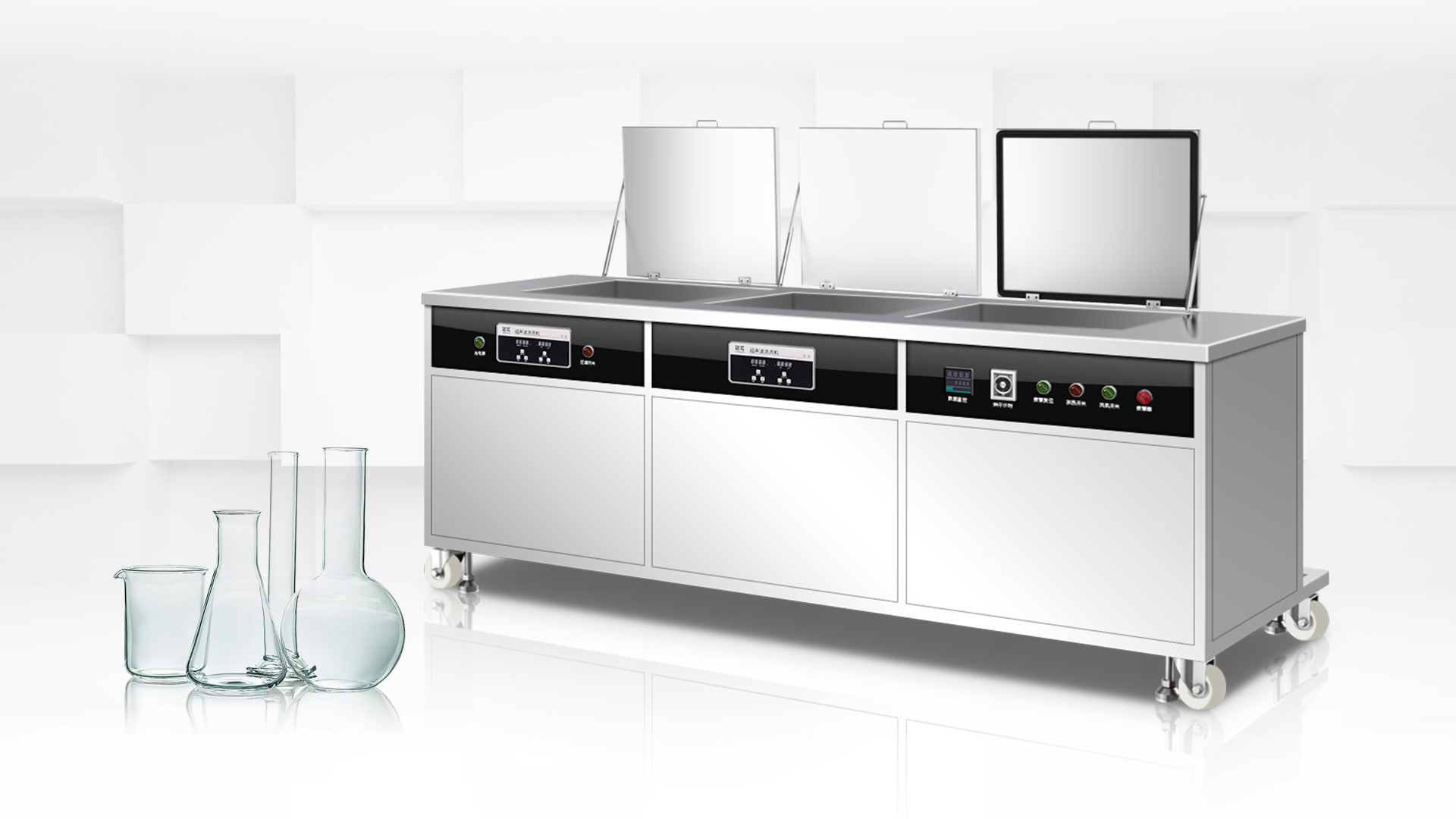
Ultrasonic cleaning technology addresses the challenge of cleaning glassware. Ultrasonic cleaning technology uses high-frequency sound waves to generate microjets in liquids, effectively removing stains and debris from surfaces. Through experimental research and case studies, this article proposes an innovative solution for cleaning glassware with ultrasonic cleaning technology. This solution is highly efficient, environmentally friendly, and time- and labor-saving, significantly improving the cleanliness and safety of glassware.
Glassware is a common laboratory instrument in laboratories, factories, and homes. Because it easily acquires various stains during use, such as proteins, organic matter, and inorganic substances, cleaning glassware presents a significant challenge. Traditional cleaning methods, including manual cleaning, brush cleaning, and high-pressure water jet cleaning, suffer from incomplete cleaning and wasteful time and labor. Therefore, the search for an efficient, environmentally friendly, time- and labor-saving cleaning method is urgent.
Experimental Research:
To address the challenge of cleaning glassware, we introduced ultrasonic cleaning technology. We selected various types of glassware, such as beakers, test tubes, and centrifuge tubes, and filled them with various stains, including blood cells, proteins, organic matter, and inorganic matter. We then used an ultrasonic cleaner to clean these items. The experimental results showed that the ultrasonic cleaner was able to quickly remove various stains from the glassware with remarkable cleaning effectiveness.
The main principle is that ultrasound waves generate microjets in a liquid, effectively removing stains and debris from surfaces. Ultrasonic cleaners also offer the following advantages:
1. Efficiency: Ultrasonic cleaners can thoroughly remove various stains from glassware in minutes, saving time and labor compared to traditional cleaning methods.
2. Environmental Protection: Ultrasonic cleaners use water as a cleaning agent, eliminating the need for chemical cleaning agents, reducing environmental pollution and cleaning costs.
3. Time and Labor Saving: Ultrasonic cleaners automatically complete the cleaning process, eliminating the need for manual intervention and significantly reducing worker workload.
Case Study:
To further demonstrate the practical application of ultrasonic cleaners in solving the problem of cleaning stains from glassware, we analyzed several successful case studies.
1. In laboratories, researchers often use glassware for experiments. During use, glassware is easily contaminated with various stains, such as proteins, organic matter, and inorganic substances. Ultrasonic cleaners can completely remove these stains in minutes, improving experimental efficiency and accuracy.
2. On factory production lines, glassware requires frequent cleaning. Ultrasonic cleaners can quickly remove stains, improving production efficiency and product quality.
3. At home, some people prefer to use glassware for cooking and food storage. Ultrasonic cleaners can thoroughly remove oil stains, dirt, and other contaminants, ensuring food hygiene and safety.
Conclusion:
Through experimental research and case analysis, this paper proposes an innovative solution for cleaning glassware using ultrasonic cleaners. This solution is highly efficient, environmentally friendly, time-saving, and labor-saving, and is of great significance for improving the cleanliness and safety of glassware. In practical applications, ultrasonic cleaners can quickly remove various stains from glassware, improving experimental efficiency, product quality, and food hygiene. Therefore, ultrasonic cleaning machine is an effective method for cleaning glassware and has broad application prospects.






